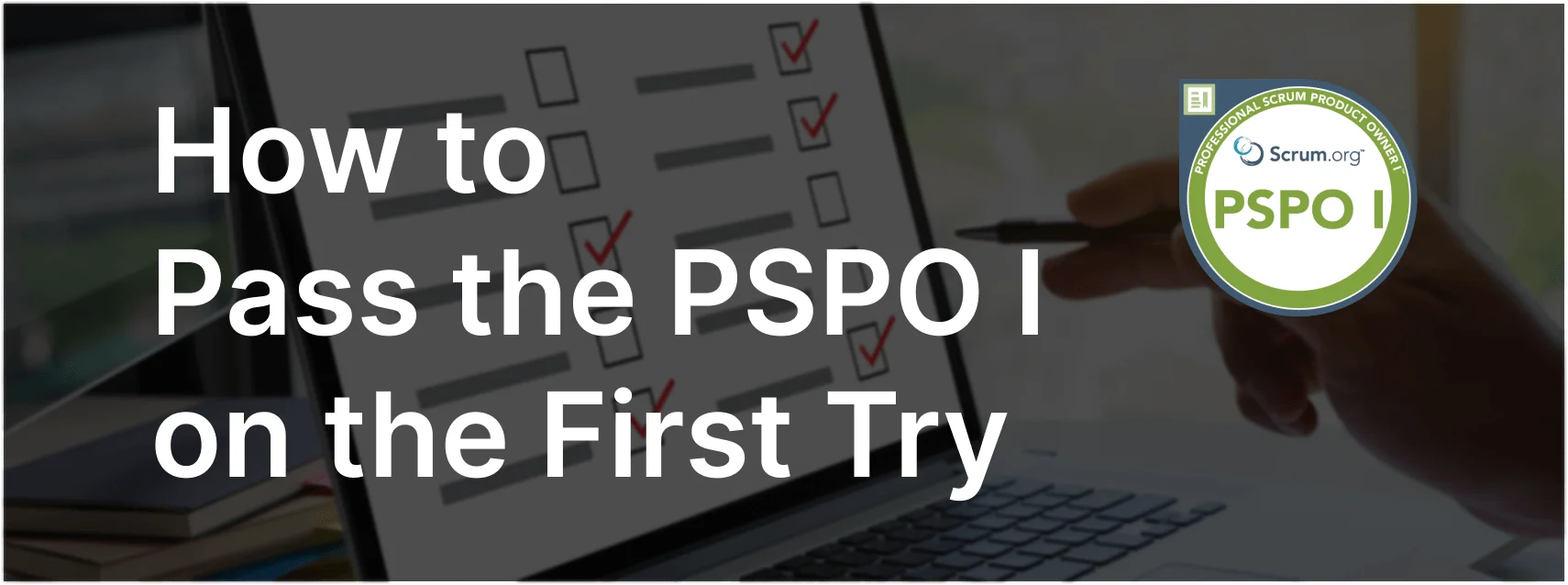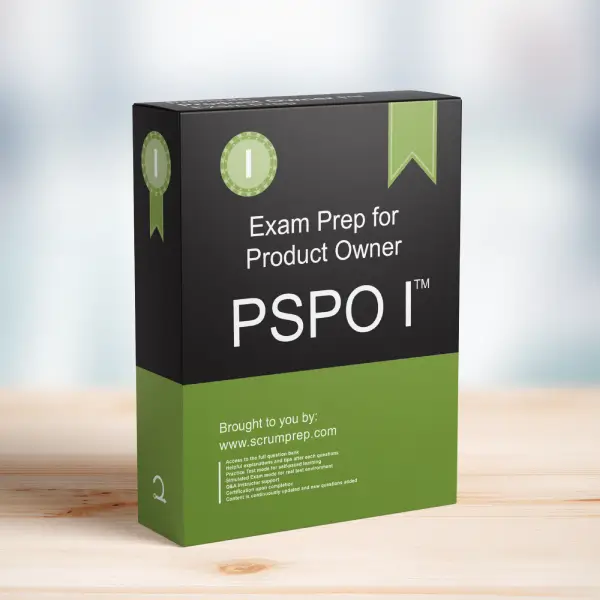Managing Status Reports in Scrum
In Scrum, transparency and regular inspection are key principles for tracking progress. This article explores how a Scrum Team should handle a request for a status report from an IT manager.
Exam Question
The IT manager asks a Scrum Team for a status report describing the progress throughout the Sprint. The Scrum Team asks the Scrum Master for advice. The Scrum Master should:
(choose the best answer)
A. Create and deliver the report to the manager herself.
B. Talk to the IT manager and explain that progress in Scrum comes from inspecting an Increment at the Sprint Review.
C. Ask the Product Owner to send the manager the report.
D. Tell the Scrum Team to figure it out themselves.
E. Tell the Developers to fit the report into the Sprint Backlog.
Correct Answer
B. Talk to the IT manager and explain that progress in Scrum comes from inspecting an Increment at the Sprint Review.
Explanation
Correct Answer
B. Talk to the IT manager and explain that progress in Scrum comes from inspecting an Increment at the Sprint Review:
In Scrum, progress is assessed based on the Increment demonstrated at the Sprint Review. This event provides transparency into the progress made during the Sprint and allows stakeholders to inspect the Increment and adapt the Product Backlog accordingly.
Incorrect Answers
A. Create and deliver the report to the manager herself: The Scrum Master should not create reports for the team. This approach undermines the transparency and self-management principles of Scrum.
C. Ask the Product Owner to send the manager the report: The Product Owner manages the Product Backlog and stakeholder communication regarding product value, but they are not responsible for creating status reports.
D. Tell the Scrum Team to figure it out themselves: While encouraging self-management is important, the Scrum Master should guide the team on Scrum principles and best practices rather than leaving them to navigate such requests alone.
E. Tell the Developers to fit the report into the Sprint Backlog: Adding a status report task to the Sprint Backlog can distract from delivering a potentially releasable Increment. It’s not the most effective use of the Scrum Team’s time.
Responsibilities in Scrum
- Product Owner: The Product Owner is accountable for maximizing the value of the product and managing the Product Backlog. They communicate product progress to stakeholders through the Increment demonstrated at the Sprint Review.
- Scrum Master: The Scrum Master facilitates Scrum events, removes impediments, and ensures that the team adheres to Scrum principles. They also educate stakeholders about Scrum practices, including how progress is tracked and reported.
- Developers: The Developers are responsible for turning Product Backlog items into Increments. They self-manage their work and ensure that the Sprint Goal is met.
Relevance to the PSPO I Exam
Understanding how to handle progress requests and maintain transparency in Scrum is vital for the PSPO I exam. It highlights the importance of educating stakeholders about Scrum principles and ensuring that progress is inspected through the Increment at the Sprint Review.
Key Takeaways
- Progress in Scrum is inspected through the Increment demonstrated at the Sprint Review.
- The Scrum Master should educate stakeholders about Scrum practices and principles.
- Status reports should not distract the Scrum Team from delivering valuable Increments.
- Transparency and regular inspection are fundamental to tracking progress in Scrum.
Conclusion
Managing progress requests effectively in Scrum involves educating stakeholders and ensuring transparency through the Increment at the Sprint Review. This approach aligns with Scrum principles and promotes a focus on delivering value. For more information on preparing for the PSPO I exam, visit our PSPO I Exam Prep.



